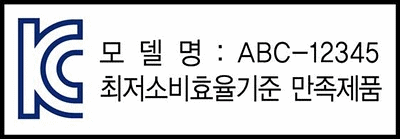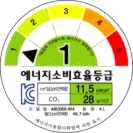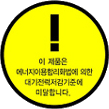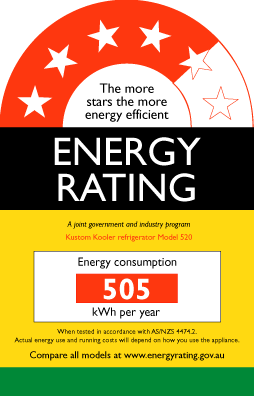| Nominal Output Power [Pno] | Energy Efficiency | Nominal Output Power [Pno] | Max. Standby Power |
| < 1 W | ≥ 0.5 * Pno | any power | ≤ 0.5 W |
| 1 W ≤ Pno ≤ 51 W | ≥ 0.09 * Ln(Pno) + 0.5 | ||
| > 51 W | ≥ 0.85 |
| Nominal Output Power [Pno] | AC-AC ext. PSU (except low voltage ext. PSU) | AC-DC ext. PSU (except low voltage ext. PSU) | Low voltage ext. PSU |
| ≤ 51 W | 0.5 W | 0.3 W | 0.3 W |
| > 51 W | 0,5 W | n/a |
| Nominal Output Power [Pno] | AC-AC and AC-DC est. PSU (except low voltage ext. PSU) | Low voltage ext. psu |
| < 1 W | 0.48 * Ln(Pno) + 0.14 | 0.497 * Ln(Pno) + 0.067 |
| 1 W ≤ Pno ≤ 51 W | 0.063 * Ln(Pno) + 0.622 | 0.075 * Ln(Pno) + 0.561 |
| > 51 W | 0.87 | 0.86 |

| Nominal Output Power [Pno] | Energy Efficiency | Nominal Output Power [Pno] | Max. Standby Power |
| < 1 W | ≥ 0.5 * Pno | any power | ≤ 0.5 W |
| 1 W ≤ Pno ≤ 51 W | ≥ 0.09 * Ln(Pno) + 0.5 | ||
| > 51 W | ≥ 0.85 |





| Nominal Output Power [Pno] | Energy Efficiency | Nominal Output Power [Pno] | Max. Standby Power |
| < 1 W | ≥ 0.49 * Pno | ≤ 10 W | ≤ 0.5 W |
| 1 W ≤ Pno ≤ 49 W | ≥ 0.09 * Ln(Pno) + 0.49 | 10 W < Pno ≤ 150 W | ≤ 0.75 W |
| 49 W < Pno ≤ 150 W | ≥ 0.84 |

| Nominal Output Power [Pno] | Energy Efficiency | Nominal Output Power [Pno] | Max. Standby Power AC-DC |
| ≤ 1 W | ≥ 0.49 * Pno | ≤ 10 W | ≤ 0.5 W |
| 1 W < Pno ≤ 49 W | ≥ 0.09 * Ln(Pno) + 0.49 | 10 W < Pno ≤ 250 W | ≤ 0.75 W |
| 49 W < Pno ≤ 250 W | ≥ 0.84 |